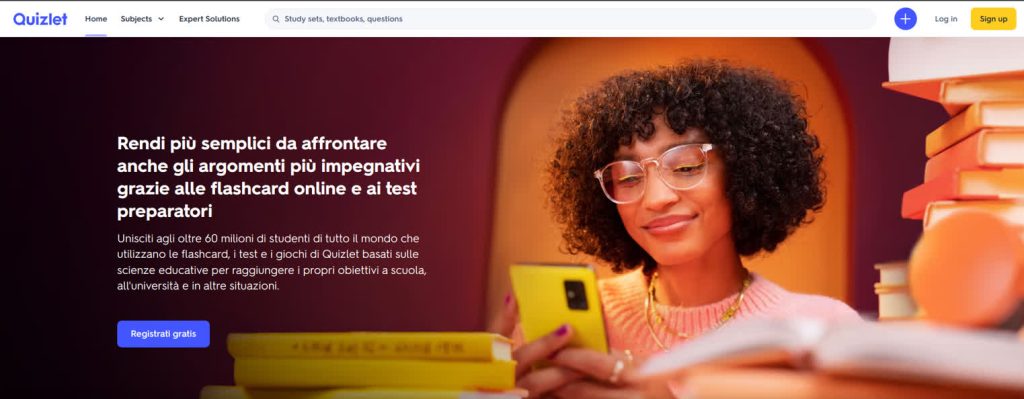Flashcards are a popular and effective learning tool used in education to help students study and memorize information. They typically consist of small, sturdy cards with information written on one side and a corresponding cue or answer on the other side. Flashcards are versatile and can be used in various subjects and grade levels, including in primary schools.
Here’s how to use them and some detailed activities for primary school students:

How to Use Flashcards in a School Setting:
Create or Obtain Flashcards: You can create your own flashcards by writing information or questions on one side and answers or cues on the other side of index cards or small pieces of cardstock. Alternatively, you can purchase pre-made flashcards for specific subjects or topics.
Choose the Right Content: Flashcards are most effective when used to reinforce key concepts, vocabulary, facts, or equations. They work well for subjects like mathematics, science, language arts, and foreign languages.
Review and Practice: Flashcards can be used for various purposes, including review, self-testing, and group activities. Here are some detailed activities to use with flashcards in a primary school:
Flashcard Activities for Primary School Students:
Traditional Flashcard Review: This involves the basic process of showing the flashcard to a student and asking them to provide the correct answer. For example, flashcards with vocabulary words can be used to test spelling or word meanings.
Memory Game: Arrange flashcards face down and have students take turns flipping two cards to find a match (e.g., a math problem and its solution). This game helps improve memory and concentration.
Flashcard Relay: Divide the class into teams. Place the flashcards at one end of the room and have one student from each team race to the flashcards, pick one, answer the question or identify the information, and then race back to their team to tag the next teammate.Flashcard Bingo: Create bingo cards with answers or terms that correspond to the flashcards. When you show a flashcard, students mark the matching term on their bingo card. The first student to complete a row or column shouts “Bingo!”
Scavenger Hunt: Hide flashcards around the classroom or school grounds. Give students a list of flashcards to find, and when they locate one, they must answer the question or identify the information on the card.
Story Building: Use flashcards with images or words to help students collaboratively build stories. Each student draws a flashcard and incorporates its content into a sentence or paragraph, creating a collective story.
Flashcard Art: Have students draw a picture related to the concept on the flashcard instead of writing the answer. This is especially useful for visual learners and can be used for subjects like science or geography.
Peer Teaching: Assign students to work in pairs or small groups. One student presents a flashcard to their partner(s) and explains the information on it. This promotes peer teaching and reinforces understanding.
Timed Challenges: Set a timer and see how many flashcards a student can correctly answer in a specified amount of time. This adds an element of competition and time pressure to motivate students.
Interactive Technology: Incorporate digital flashcards using educational apps or online flashcard platforms, which can make learning more engaging and interactive.
Remember to adapt these activities to the specific needs and abilities of your primary school students. Flashcards can be a valuable tool for reinforcing knowledge and making learning fun and engaging.